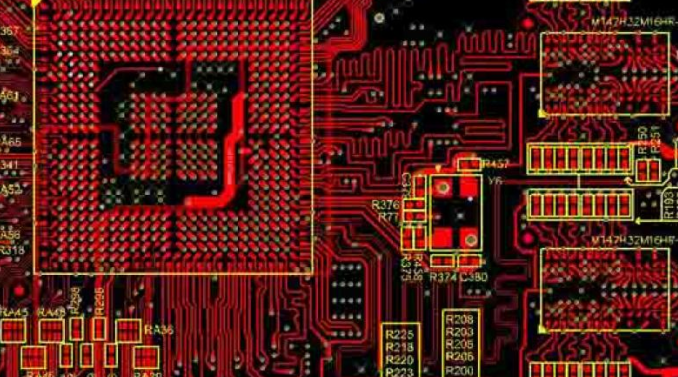At the beginning of the introduction to the influence of winding wires on PCB design, a question about winding and straight lines: Two transmission lines with the same physical length, a straight line A, a winding B, which section of A and B will have a greater delay?
With the development of high-speed circuits, PCB design is moving in the direction of high-speed and high-density PCB. If the speed and density are high, various signal integrity and EMI problems will arise. This has also led to various PCB design requirements, such as impedance stability, the same layer in the same group, isometric design, and so on. Today we will discuss a PCB design problem caused by equal length, that is, winding PCB design.
In the PCB design, especially the DDR3/4/5 PCB design, there will always be a lot of signal lines. Each group of data or address control command signal lines has certain equal length requirements, as shown below: Requirements of a chip manual:
In PCB design, when the requirements are not met, engineers first think of winding, and then there are many winding methods.

What are the problems with the winding method? In order to complete the research on this issue, a test board was specially made, and the research object was designed as a 10 inch transmission line.
Generally, everyone usually thinks that this is equal length, and it is completely equal length. However, by measuring its transmission characteristics, the results of the measurement are shown in the figure below, we can see that the difference is still not small, the difference is 12.73ps (red circle), and the winding is faster than the straight line transmission.
This 12.7ps is converted into a physical length, which is about 80mil. The length of 80mil should be a surprise to experienced engineers. After all, hardware engineers usually say: Give me the length, and the error will be up to 2mil. Of course, the PCB design we are doing experiments here is 10 inches, usually many wirings are not so long, but there are some wirings that are really very long. However, no matter what, this PCB design experiment tells us that the physical length is not equal to the actual PCB design. This is why, in recent years, some PCB manufacturers in the industry have advocated equal timing.
Why is this? The reason is that after the PCB design is wound, the signal is transmitted on the surface due to the skin effect and the electromagnetic field effect. In order to explain this phenomenon, a section of winding was designed on the PCB in ADS, and electromagnetic (EM) simulation was carried out.
In the PCB design winding place, the field current density is relatively large at the relatively tight coupling, which is red, and the current density is relatively small at the top (parallel to the transmission line) and at the center of the transmission line, which shows a light color. The signal is transmitted close to the edge, which leads to the "faster" signal transmission and takes less time (I could have put a dynamic picture for everyone, but I failed to do it well. When there is a chance, I will show it to everyone. one time).
Through the above analysis, it can be shown that for the same physical length, the delay of a section of the winding is smaller. In this way, we can answer the question raised earlier. Obviously, the delay of A is greater.
Then the problem comes again, how do engineers do a good job of PCB design when they encounter different "equal lengths" when designing?
First, change the concept of physical equal length to isochronous, and regardless of winding or straight line, what is required is that the transmission delay is the same. Some PCB design tools can use time to express physical length;
Second, the signal lines with timing relationship should be designed with the same input and output during the PCB design, so as to minimize the winding;
Third, if a certain section of transmission line really needs to be wound, the shape of the winding is larger, the distance between the wave and the wave is larger, or the winding is longer than the straight line, as for the length of the winding, I don’t know, I still ask the PCB design Let's simulate the engineer